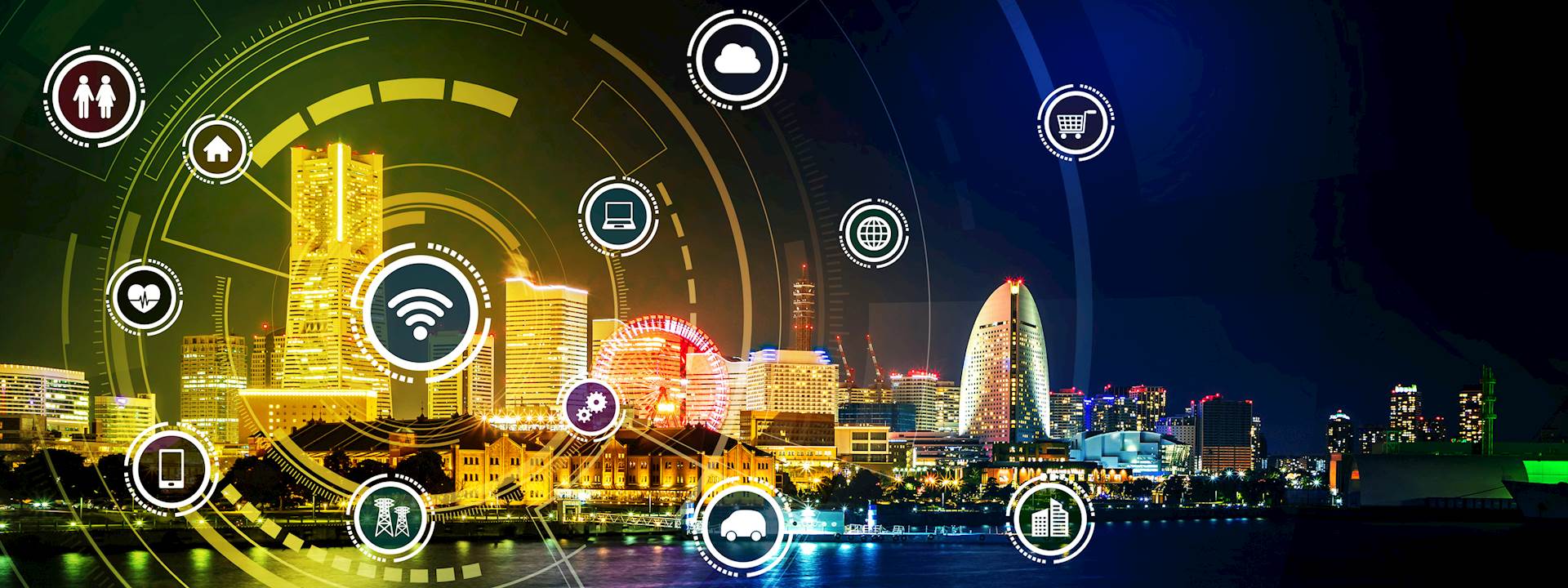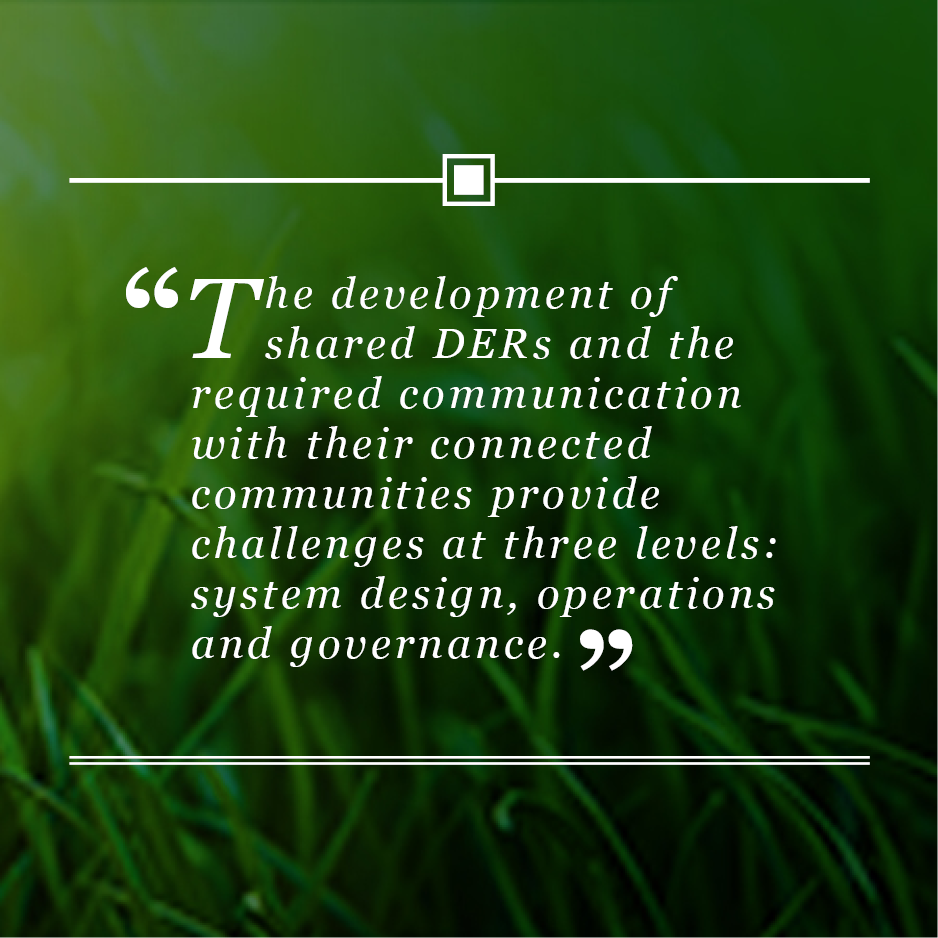 Events over the past several years have demonstrated that infrastructure resiliency and system reliability are equally important to energy efficiency and sustainability. Facility managers, utility operators and homeowners continue to face an evolving number of risks that may interrupt their operations and disrupt their ways of life. Whether a natural disaster, deliberate physical attack, cyberattack or accident, owners and their designers must consider the resiliency and reliability of their buildings and systems.
Events over the past several years have demonstrated that infrastructure resiliency and system reliability are equally important to energy efficiency and sustainability. Facility managers, utility operators and homeowners continue to face an evolving number of risks that may interrupt their operations and disrupt their ways of life. Whether a natural disaster, deliberate physical attack, cyberattack or accident, owners and their designers must consider the resiliency and reliability of their buildings and systems.
After a slight drop in demand and consumption in 2020 due to the pandemic, the global demand for energy is increasing again, especially for electricity. According to a Sept. 25, 2020, news release from the U.S. Department of Energy (DOE), commercial and residential buildings account for nearly 40% of the nation’s total energy demand, as well as approximately 74% of all electricity use in the United States. The federal government identified electricity as the most critical infrastructure — it is important to develop sustainable energy solutions to increase efficiency while addressing resiliency.
The growth of distributed energy resources (DERs) employing various generation sources, including microgrids, has been previously discussed on this blog. In the past, many DERs were dedicated to individual facilities in a standalone arrangement. However, technological advances expanding the size of DERs have led to grid-interactive efficient buildings and their ability to create “connected communities.” Through the use of smart controls, sensors and analytics, a larger number of buildings are able to communicate with the utility grid and associated DERs to control electricity demand, optimize consumption and reduce carbon emissions.

The development of shared DERs and the required communication with their connected communities provide challenges at three levels: system design, operations and governance. The need for open standards that enable integration between the various facilities’ systems and the grid is important for design. In addition, there must be a framework for system governance to ensure security and data management between community stakeholders.
ASHRAE’s Vision 2030 Connected Communities team members Jiri Skopek and Manish Sharma said the technical challenges relate to the interoperability of systems and technologies, the modeling and analysis for operational optimization and cybersecurity. These challenges are being met by various groups, and the DOE recently announced a $61 million pilot program to develop new technology for connected communities. In October, the DOE selected 10 teams to manage the projects, which include utilities, local governments and homebuilders. Researchers at the Pacific Northwest National Laboratory will partner on two of the projects with innovative technologies, including intelligent load control (ILC). ILC can automatically adjust building energy use by coordinating heating and cooling, lights and other building functions while maintaining occupant comfort.
Hanson has been monitoring the shared use of DER and the development of connected communities. We have an experienced team of design, energy and commissioning engineers actively engaged in renewable energy projects and the required controls’ integration to facilitate tomorrow’s sustainable and resilient communities. To learn more about our efforts, contact Robert Knoedler at rknoedler@hanson-inc.com.